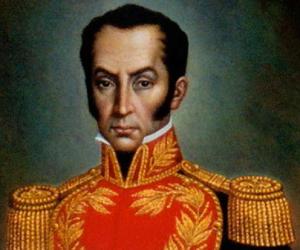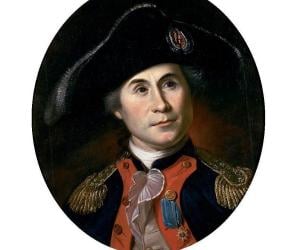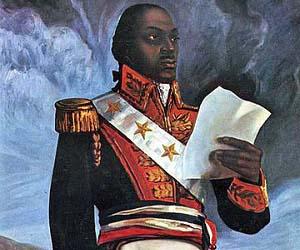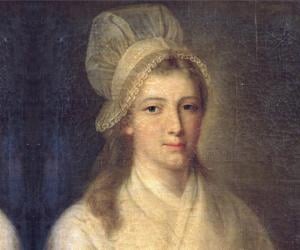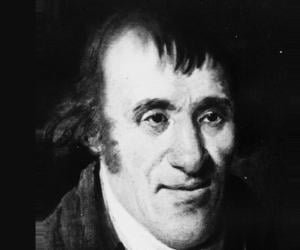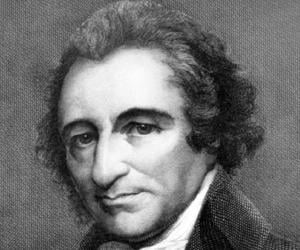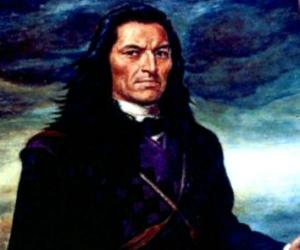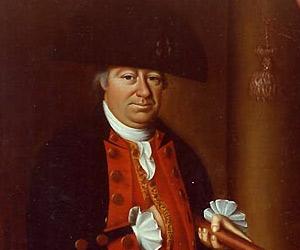Haitian general, Toussaint Louverture, was the most prominent leader of the Haitian Revolution. A revolutionary leader, he was devoted to the cause of Haitian independence and fought hard until he was killed by the French in a treacherous manner. The revolution continued after his death, leading to Haiti’s independence. He is now known as the Father of Haiti.
Charlotte Corday was an important figure of the French Revolution. She is remembered for murdering Jacobin leader Jean-Paul Marat, for which she was executed by guillotine. Her action changed the political position and role of women at the time. She was also considered a hero by those who opposed the teachings of Jean-Paul Marat.
As a child, Ethan Allen was fond of deciphering passages from the Bible. He grew up to co-establish Vermont and led the Green Mountain Boys during the American Revolutionary War. After failing to achieve Vermont’s separation from New York, he tried to unite Vermont with Canada.
English-born American political activist, philosopher, and revolutionary, Thomas Paine, is credited to have penned some of the most influential pamphlets at the start of the American Revolution. His works inspired the common people of America and motivated them to fight for independence from British rule. He was ostracized for criticizing Christianity and died a lonely man.
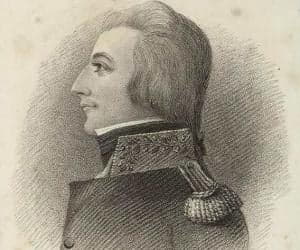
Initially a lawyer, Wolfe Tone later ditched his practice to co-establish the Society of United Irishmen, aimed at ending the British reign in Ireland. A prominent face of the Irish Rebellion, he led French forces into Ireland during the 1798 rebellion. Sentenced to be hanged, he later slit his own throat and died.
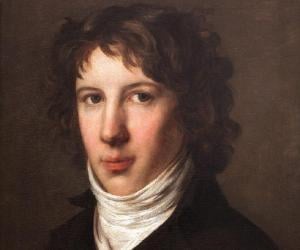
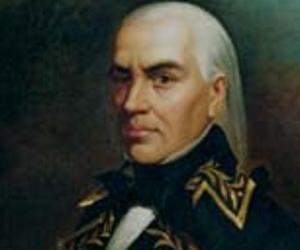
Francisco de Miranda was a Venezuelan revolutionary and military leader. He is considered a predecessor of Simón Bolívar, who liberated much of South America during the Spanish American wars of independence. Miranda is best remembered for his role in three major political movements of his time: the French Revolution, the American Revolutionary War, and the Spanish American Wars of Independence.
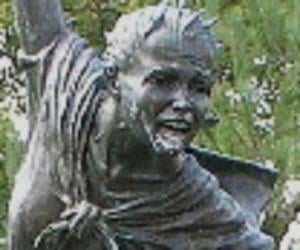
Born to a militia officer, Sybil Ludington later made history with her fearless resistance to the British during the American Revolutionary War. Most of her statues today find her perched on a horse, in a tribute to her night-long horseback ride to inform American soldiers of an impending British attack.
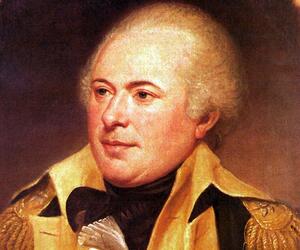
James Wilkinson served the Continental Army during the American Revolutionary War and also revealed Aaron Burr’s conspiracy to the U.S. government. While he worked against the Spanish people as part of the U.S. army, he was later revealed to be a Spanish spy, also known as Number Thirteen.
Túpac Amaru II was the leader of a large Andean uprising against the Spanish in Peru. His wife was also a revolutionary and played a key role in the uprising. They were both captured, tortured, and put to death by the Spaniards. Following his death, he became known as a mythical figure in the Peruvian struggle for independence.
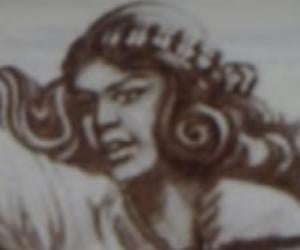

One of the rare literate slaves of the colonial era, Gabriel Prosser was born into slavery at a tobacco plantation in Virginia. He led one of the first great slave revolutions of the U.S., aspiring to create an all-Black state, with himself as the king. He was eventually hanged.
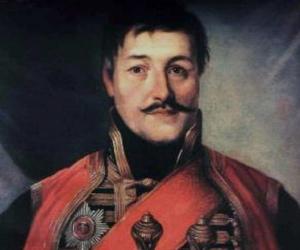
Karađorđe was a Serbian revolutionary and freedom fighter. An important figure during the First Serbian Uprising, Karađorđe is best remembered for leading Serbia's fight for independence from the Ottoman Empire in the early 1800s. He is also credited with founding the Karađorđević dynasty.

Joaquim José da Silva Xavier was a revolutionary who played a major role in a colonial Brazilian revolutionary movement called Inconfidência Mineira, which called for a creation of a Brazilian republic and full independence from the Portuguese Empire. Joaquim José da Silva Xavier was arrested and publicly hanged. Today, he is regarded as a national hero in Brazil.
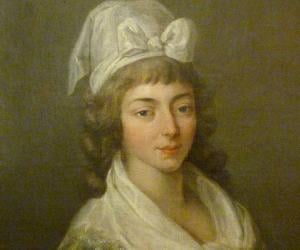
The wife of Jean-Marie Roland, Madame Roland was a leading French revolutionary and often hosted significant political meets at her salon. She often directed her husband’s political actions and was responsible for creating a rift between the Jacobin and Girondin factions. She was later arrested and guillotined.
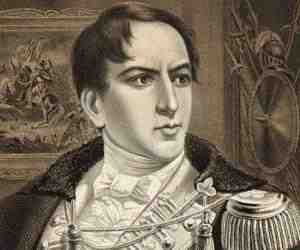

Dutty Boukman was a Haitian revolutionary who was active during the Haitian Revolution. It is believed that Boukman and a Vodou mambo named Cécile Fatiman presided over a religious ceremony at Bois Caïman that instigated the 1791 slave revolt which came to be known as the Haitian Revolution.
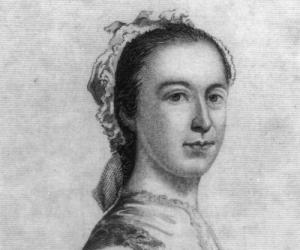
Mary Ludwig Hays, an American brave heart who is considered to have fought at the Battle of Monmouth in June 1778 during the American War of Independence, is mostly identified as the woman behind the legend of Molly Pitcher. She reportedly took her husband's place working a gun after he was wounded and brought water to troops at the battle
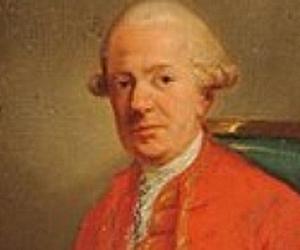
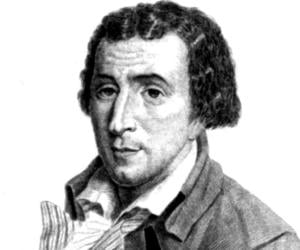
Jacques Pierre Brissot was a French journalist and publisher. He was one of the most important members of the Girondins, who played a prominent role during the French Revolution. Brissot is also credited with founding the Society of the Friends of the Blacks, an abolitionist society, which aimed at abolishing the institution of slavery.

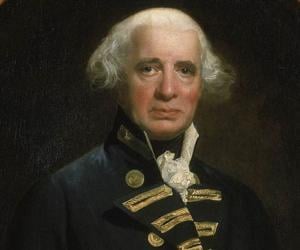
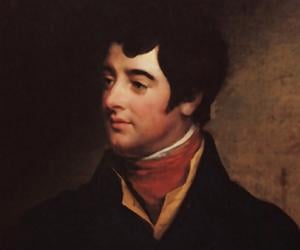
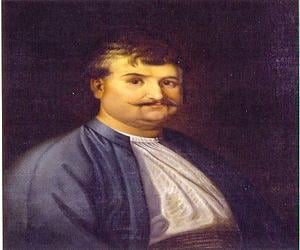
Rigas Feraios was a Greek writer, revolutionary, and political thinker. A front runner of the Greek War of Independence, Feraios is revered as one of the most important national heroes in Greece. Rigas Feraios is also credited with kindling the Greeks' love of freedom.
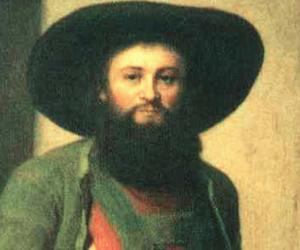
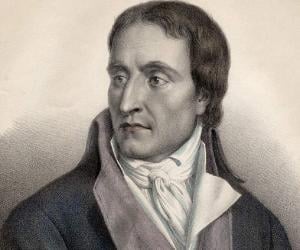
French revolutionary Jean-Baptiste Carrier is remembered for his radicalism, his actions during the the War in the Vendée, and his notorious atrocities against counter-revolutionaries, such as the murder of thousands of people at Nantes. He was eventually found guilty of mass murder by the Revolutionary Tribunal and guillotined.
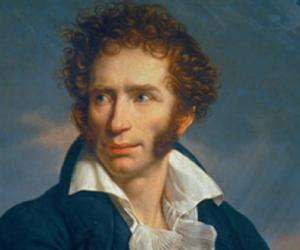
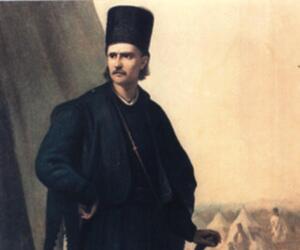
Romanian revolutionary leader and a national hero, Tudor Vladimirescu led the Wallachian uprising of 1821. Initially part of the Greek Friendly Brotherhood, to overturn the Turkish rule in the Balkans, he later formed his own Wallachian revolt. He was eventually executed on the orders of Greek nationalist politician Alexander Ypsilantis.
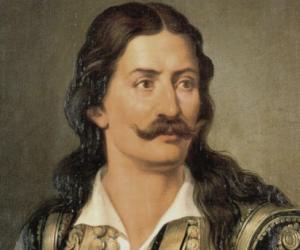
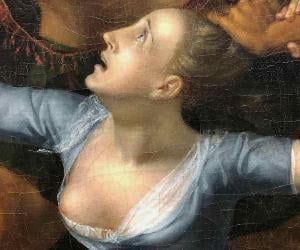
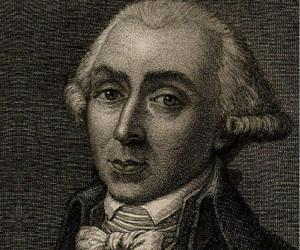
Jean-Lambert Tallien was a French politician who played an important role during the French Revolution. Although he initially supported the Reign of Terror, Tallien became known as an influential leader of the Thermidorian Reaction that led to the downfall of the Reign of Terror's leader Maximilien Robespierre, which eventually resulted in the end of the Terror.
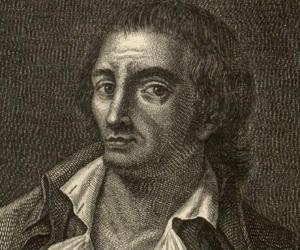
Jean-Marie Collot d'Herbois was a French actor, essayist, dramatist, and revolutionary. He played an important role during the Reign of Terror, serving as one of the most important members of the Committee of Public Safety. Although he is credited with saving Madame Tussaud from the Guillotine, Collot d'Herbois oversaw the execution of over 2,000 people in Lyon.
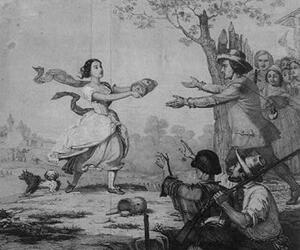
Betty Zane is remembered as the heroine of the second siege of Fort Henry that took place in September 1782, during the American Revolutionary War. She volunteered and thrived in carrying gunpowder from her brother’s home to the fort when the garrison was running low on ammunition, thus allowing them to continue to fight and hold the fort.

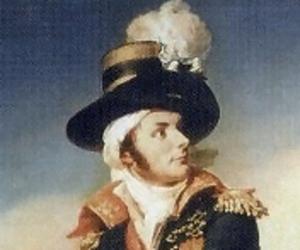
François de Charette was a Breton soldier and politician who played an important role during the American Revolutionary War, serving in the French Royal Navy. He was one of the leaders of the War in the Vendée and fought against the revolutionary regime. His life inspired the creation of Le Dernier Panache at a theme park named Puy du Fou.
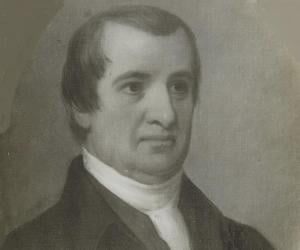
American politician and slaveholder Abraham Clark, a Revolutionary War figure who earned the reputation as "the poor man's councilor," signed the United States Declaration of Independence as a delegate for New Jersey to the Continental Congress. He later served as Member of the United States House of Representatives from New Jersey's At-large district in both the Second and Third United States Congress.
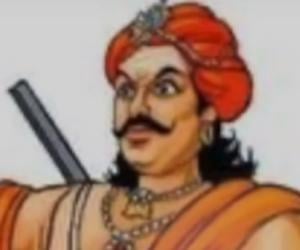
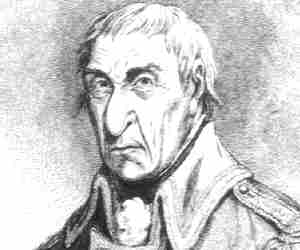
Irish revolutionary hero James Napper Tandy, who finds mention in the Irish ballad The Wearing of the Green, was associated with the Society of United Irishmen. Together with the French, he attempted to drive the British out of Ireland. He was eventually captured and sentenced to death but later released and exiled.
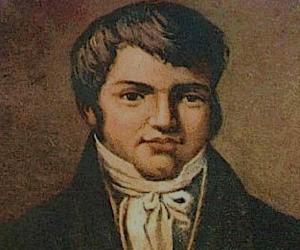

Abraham Whipple, an American Revolutionary War commander in the Continental Navy is counted among the brave hearts who fought for America’s freedom from British colonial rule. His achievements include attacking and burning the British customs schooner HMS Gaspee, and commanding privateer Game Cock that captured 23 French ships in six months. He was also a founding pioneer of Marietta, Ohio.
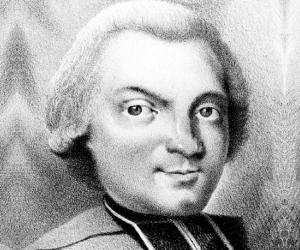
Jacques Roux was a French Roman Catholic priest. During the French Revolution, Roux expounded the ideals of the classless society and popular democracy to working class wage earners, Parisian sans-culottes, and shopkeepers, turning ordinary men into a revolutionary force. He is thus remembered as a radical revolutionary who went on to lead a popular far-left in France.
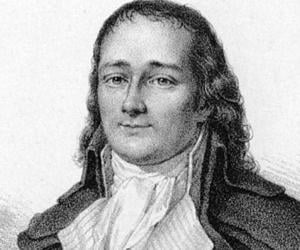
Pierre Gaspard Chaumette was a French politician who played a prominent role during the French Revolution. Chaumette played a key role in the inception of the Reign of Terror during which he was serving as the president of the Paris Commune. A vehement critic of Christianity, Chaumette led the dechristianization of France during the revolution.
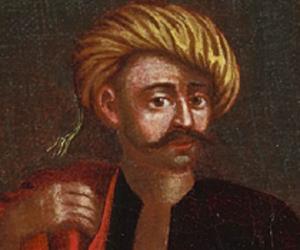
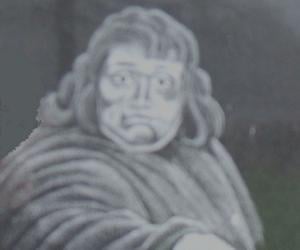
A legend during the American Revolutionary War, Ann Bailey was a British-born American woman, who took up arms to become a frontier scout, messenger and spy. She became a heroine when during the seize of Fort Lee, she made a hundred miles single-person ride through host of besiegers and forestland to get powder supply and thus saved the Clendenin's Settlement.
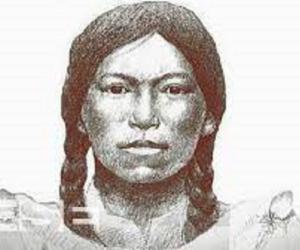

Indonesian rebel Arung Singkang initially gained control of the state Wadjo and later defended it successfully against the Dutch. He is known for uniting the southern Celebes people to fight his cause. He was, however, ousted from power in 1754, after an internal dispute.
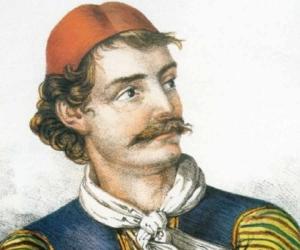
Andreas Miaoulis was a Greek revolutionary, politician, and admiral. He is best remembered for playing a major role in the Greek War of Independence where he commanded Greek naval forces. His achievements during the Greek Revolution in 1821 are celebrated every year in Hydra in the form of a festival named Miaoulia.
